Österreichisches Filmmuseum 2024
Das Kino des Amos Gitai
Aufforderung zum Dialog
2. Mai – 1. Juli 2024
Amos Gitai gilt als einer der angesehensten israelischen Filmschaffenden. Sein Werk, das seit Beginn
der 1970er Jahre entsteht, stellt sowohl eine große Erzählung als auch eine kritische Analyse seines
Heimatlandes dar. Krieg, Konflikt, Vertreibung, Geschichte, Erinnerung und das menschliche Dasein
im Allgemeinen sind zentrale Themen in Gitais Werk.
Bei näherer Betrachtung zeigt sich darüber hinaus ein Filmemacher, dessen Œuvre weitaus komplexer und reichhaltiger ist, als diese einfache Kategorisierung vermuten lässt. Gitais Kunst lässt sich
vielleicht am besten als ständiger Aufruf zum Dialog verstehen, als ein radikal ergebnisoffenes Projekt,
das sich in einer faszinierenden Vielfalt von Ansätzen und Geschichten manifestiert. Wie die meisten Dialoge im wirklichen Leben wandeln auch die Filme von Amos Gitai auf verschlungenen Wegen und
enden oft, ohne einen Moment der Katharsis oder Auflösung zu erreichen. Und scheitern mitunter auch,
getreu dem Beckett’schen Motto: »Gescheitert. Egal. Wieder versuchen. Wieder scheitern. Besser
scheitern.«
Gitai kam 1950 in Haifa als Sohn von Efratia Margalit und Munio Gitai Weinraub zur Welt. Die
Mutter war eine 1909 in Palästina geborene Intellektuelle und Lehrerin, deren Eltern der ersten Welle
sozialistischer säkularer jüdischer Einwanderer angehörten, der Vater war ein aus Galizien stammender,
am Bauhaus ausgebildeter Architekt, der seinen Sohn dazu inspirierte, denselben Beruf zu ergreifen. Nach seinem Architekturstudium ging Gitai nach Berkeley, Kalifornien, um dort zu promovieren. Seine zweite Heimat wurde das Pacific Film Archive, wo Kurator Tom Luddy ihn mit einer Reihe internationaler
Filmklassiker bekannt machte, insbesondere von Jean-Luc Godard, Rainer Werner Fassbinder, Erich von
Stroheim und Glauber Rocha. Diese Beschäftigung mit der Filmgeschichte machte ihn mit dem Konzept
der Avantgarde und der Idee des Kinos als Instrument der Subversion vertraut. Gitais erste berufliche
Leidenschaft blieb, wie er selbst immer wieder sagt, die Architektur: Seine Hauptaufgabe als Künstler
bestehe darin, »Brücken zu bauen«.
Eine weitere Erfahrung, die den jungen Amos Gitai tief prägte, war seine Teilnahme am Jom-KippurKrieg 1973. Er war Teil einer Rettungsmannschaft, sein Hubschrauber wurde von einer Rakete abgeschossen
– ein Erlebnis, das in mehrere seiner Werke einfloss und in seinem Film Kippur (2000) eine entscheidende Rolle spielt.
Gitai begann seine Karriere als Dokumentarist. Von Anfang an setzte er sich mit Themen auseinander,
die von anderen Künstler*innen seiner Generation ignoriert wurden. Selbst als Gitai sich allmählich dem
Spielfilm zuwandte, gab er seine Wurzeln im dokumentarischen Bereich und seine Vorliebe für Experimente nie auf. Der Dokumentarfilmemacher ist laut Gitai ein Archäologe, dessen Aufgabe es ist, die verborgene Wirklichkeit freizulegen; der Spielfilmemacher ein Architekt, der ein Haus baut.
Die Metapher des Dokumentarfilms als archäologische Erkundung ist bereits in Gitais erstem längeren
Werk House (1980) perfekt umgesetzt. Der Film handelt von einem Mietshaus in Westjerusalem, das bis
1948 einem palästinensischen Arzt gehörte und nach der Beschlagnahmung durch die Regierung in den
Besitz eines israelischen Professors überging, der es zur Villa umbauen will. Für Gitai dient das Haus als
Metapher sowohl für die Stadt Jerusalem als auch für Israel als Ganzes: Israelis würden die Vorstellung,
dass Palästinenser eine gleich starke Bindung an einen Ort oder ein Stück Land haben wie sie, als
bedrohlich empfinden. Es sei ein Widerspruch zum israelischen Selbstverständnis.
Dass House vom israelischen Fernsehen zensiert wurde, war nur der Anfang von Gitais Schwierigkeiten
mit der Politik. Die direkte Auseinandersetzung mit der Gewalt im Nahen Osten und der Geschichte
des Landes Israel steht im Mittelpunkt seines ersten Spielfilms Esther (1986), einer Nacherzählung der alttestamentarischen Geschichte von Ester als Parabel vom Kampf um die Bewahrung jüdischer Identität
in einer feindlichen Umgebung. Doch während sich Gitai mit House als vom Direct Cinema inspirierter,
empathischer und neugieriger Beobachter etablierte, ging er mit Esther in eine ganz andere Richtung.
Gitais dramatischer Einstand ist eine ambitionierte historische Rekonstruktion, die in ihrem Aufeinandertreffen von formaler Strenge, Theatralik und politischer Leidenschaft an das Kino von Jean-Marie Straub und Danièle Huillet oder von Peter Watkins erinnert.
Die heftigen, oft feindseligen Reaktionen auf seine Filme in der Heimat führten schließlich zu einer
Dekade des Exils in Frankreich. In dieser Pariser Zeit schuf er eine Reihe phantasmagorischer Filme zum
Thema Vertreibung, in denen er den jüdischen Mythos des Golems als Symbol sowohl für endlose
Verzweiflung als auch für Hoffnung bemühte. Die schwere Symbolik der »Golem-Trilogie« – Birth of
a Golem (1990), Golem: The Spirit of Exile (1992) und Golem: The Petrified Garden (1994) – deutet auf einen weiteren wichtigen Aspekt von Gitais Filmen hin: Sie sind zugleich forensische Beschreibungen konkreter Orte und Menschen wie auch Metaphern für die Frage nach der Möglichkeit einer friedlichen Koexistenz verschiedener Kulturen.
Die Dynamik, mit der sich die Geschichte Israels und der Region entfaltet, erfordert Aufmerksamkeit,
Kraft und Engagement. Das erklärt Gitais enorme Produktivität. Viele der Mikrogeschichten, die er erzählt, gehen ineinander über und entwickeln sich zu Serien.
Field Diary (1982) beschließt eine Trilogie mit House (1980) und Wadi (1981), die wiederum beide zum Ausgangspunkt anderer Trilogien werden – House (1980), A House in Jerusalem (1998), News from House / News from Home (2006); Wadi (1981), Wadi, Ten Years After (1991), Wadi Grand Canyon 2001 (2001). Jede dieser Reihen ist laut Gitai ein Vorschlag, »wie der Konflikt zwischen Israelis und Palästinensern im Kleinen, quasi durch ein Mikroskop gesehen werden kann.«
Gitais Kino schreckt nicht davor zurück, die Gewalttätigkeit zu thematisieren, durch die Geschichte
und Gegenwart seines Heimatlandes geprägt sind. Er ist ein scharfer Kritiker sowohl der israelischen
Staatspolitik als auch der Rechtfertigung terroristischer Gewalt gegen Jüdinnen und Juden als »Befreiungskampf«. Dennoch weigert er sich, an der Eskalation der sektiererischen Gewalt, des Hasses
und der Spaltung teilzunehmen. Vielmehr ist ihm daran gelegen, Differenzen zwischen sozialen Schichten sowie unterschiedlichen und manchmal gegensätzlichen Glaubenssystemen durch Interaktion zu überbrücken. Israel, betont Gitai, wurde größtenteils durch die kollektive Erfahrung einer Reihe von Kriegen geformt, die ein Bild geschaffen hat, das gleichzeitig ein Fundament der israelischen Identität und ein andauerndes Trauma ist. Seine Arbeiten, ob sie nun die »kleinen Leute« am Rande der Gesellschaft oder große historische Persönlichkeiten und Ereignisse wie in Rabin, the Last Day (2015) porträtieren, zeigen einen Weg auf, sich mit der Komplexität Israels als einem utopischen, von Gewalt geplagten Projekt auseinanderzusetzen. Und sie fordern uns auf, uns eine bessere und friedlichere Zukunft vorzustellen.
Neben seinem Filmschaffen ist Amos Gitai auch in anderen künstlerischen Feldern tätig. Wir freuen uns,
dass unsere Retrospektive zeitgleich mit der Wiener Premiere von Chronik eines Mordes – Jitzchak Rabin am Wiener Burgtheater stattfindet, einer Bühnenproduktion, die auf unserem Eröffnungsfilm Rabin, the Last Day basiert. In Zeiten eines eskalierenden Kriegs, von Spaltungen, antisemitischer Gewalt und einer unerbittlichen Flut von »alternativen Fakten« im Internet bieten Gitais Filme einen Raum zum Zuhören und zum Nachdenken. Sie bieten vielleicht keine einfachen Antworten, aber sie werfen Fragen auf, die uns alle angehen. (Michael Loebenstein, Jurij Meden)
Rabin, the Last Day
Amos Gitai, IL/FR 2015
Do 2.5. 2024 | 20 FM
In Anwesenheit von Amos Gitai
Mo 3.6.2024 | 20.30
B: Amos Gitai, Marie-José Sanselme K: Éric Gautier
S: Yuval Orr, Tahel Sofer, Isabelle Ingold M: Amit Poznansky
D: Tomer Sisley, Yaël Abecassis, Yitzhak Hiskiya,
Pini Mittelman, Einat Weizman. DCP, Farbe, 155 min.
Hebräisch mit engl. UT ★
Bait (House)
Amos Gitai, IL 1980
Fr 3.5.2024 | 18 Uhr
In Anwesenheit von Amos Gitai
Fr 31.5.2024 | 18 Uhr
B: Amos Gitai K: Emanuel Aldema S: Rina Ben Melech.
DCP (von 16mm), sw, 51 min.
Arabisch/Hebräisch mit engl. UT ★
Letter to a Friend in Gaza (nur am 31.5.)
Amos Gitai, IL 2018
B: Amos Gitai, Makram Khoury K: Oded Kirma
S: Yuval Orr M: Alex Claude MIT: Amos Gitai, Clara Khoury,
Makram Khoury, Hilla Vidor. DCP, Farbe, 35 min.
Diverse Sprachen mit engl. UT ★
Shikun
Amos Gitai, IL/FR/CH/BR/GB 2024
Fr 3.5.2024 | 20.30 Uhr
In Anwesenheit von Amos Gitai
Di 4.6.2024 | 18 Uhr
B: Amos Gitai nach dem Theaterstück Rhinocéros von
Eugène Ionesco K: Éric Gautier S: Yuval Orr, Simon Birman
M: Alexey Kochetkov, Louis Sclavis D: Irène Jacob,
Hana Laslo, Yaël Abecassis, Bahira Ablassi, Menashe Noy.
DCP, Farbe, 85 min. Diverse Sprachen mit engl. UT ★
Yoman Sade’ (Field Diary)
Amos Gitai, IL/FR 1982
Sa 4.5.2024 | 18 Uhr
Do 6.6.2024 | 18 Uhr
B: Amos Gitai K: Nurit Aviv S: Schéhérazade Saadi.
DCP (von 16mm), Farbe, 83 min.
Diverse Sprachen mit engl. UT ★
Esther
Amos Gitai, FR/IL/GB/AT/NL 1986
Sa 4.5.2024 | 20.30 Uhr
Mo 17.6. 2024 | 18 Uhr
B: Amos Gitai, Stephan Levine nach dem biblischen Text
K: Henri Alekan, Nurith Aviv S: Schéhérazade Saadi
D: Simona Benyamini, Mohammed Bakri, Juliano Merr,
Zare Vartinyan, Shmuel Wolf, David Cohen.
35mm, Farbe, 97 min. Hebräisch mit engl. UT ★
Carmel
Amos Gitai, FR/IL/IT 2009
Mo 6.5.2024 | 18 Uhr
In Anwesenheit von Amos Gitai
Di 18.6.2024 | 20.30 Uhr
B: Amos Gitai K: Stefano Falivene S: Isabelle Ingold
MIT: Keren Mor, Makram Khoury, Ben Gitai, Keren Gitai,
Assi Dayan, Amos Lavie, Rivka Gitai, Hillel Luski, Amos Gitai
STIMMEN: Jeanne Moreau, Jerome Koenig, Samuel Fuller,
Enrico Lo Verso, Macha Itkina. DCP (von 35mm),
Farbe, 93 min. Diverse Sprachen mit engl. UT ★
Brand New Day
Amos Gitai, FR/GB 1988
Fr 10.5.2024 | 20.30 Uhr
Sa 22.6.2024 | 18 Uhr
K: Nurith Aviv S: Anna Ruiz M: Eurythmics MIT: Annie
Lennox, David A. Stewart, Jimmy »Z« Zavala, Clem Burke,
Chucho Mercham, Joniece Jamison, Ryuichi Sakamoto.
DCP (von 35mm), Farbe, 93 min. Englisch ★
Lullaby to My Father
Amos Gitai, IL/FR/CH 2012
Mo 6.5.2024 | 20.30 Uhr
In Anwesenheit von Amos Gitai
Mi 19.6.2024 | 18 Uhr
B: Amos Gitai K: Renato Berta, Giora Bejach, Gabriele
Basilico, Richard Copans, Amos Gitai S: Isabelle Ingold
M: Zoe Keating, Abel Ehrlich D: Yaël Abecassis,
Theo Ballmer, Keren Gitai STIMMEN: Jeanne Moreau,
Hanna Schygulla. DCP (von 35mm), Farbe, 82 min.
Diverse Sprachen mit engl. UT ★
The story of Munio Weinraub Gitai, a young student of Bauhaus who takes refuge in Switzerland after being chased by the Nazis because of his Jewish faith. It is there that he is welcomed and protected by what was then the largest modern architectural firm in Switzerland.
https://www.swissfilms.ch/en/movie/lullaby-to-my-father/99FC993AEDB3422A92251AB0ADE612AD
Berlin–Jerusalem
Amos Gitai, GB/FR/NL/IT 1989
Fr 10.5.2024 | 18 Uhr
Do 20.6.2024 | 20.30 Uhr
B: Amos Gitai, Gudie Lawaetz K: Henri Alekan, Nurith Aviv
S: Luc Barnier M: Markus Stockhausen D: Liza Kreuzer,
Rivka Neuman, Markus Stockhausen, Juliano Merr,
Ohad Shahar, Keren Mor, Mitglieder der Kompanie
Pina Bausch. DCP (von 35mm), Farbe, 89 min.
Diverse Sprachen mit engl. UT ★
Golem: The Spirit of Exile
Amos Gitai, FR/IT/DE/NL/GB 1992
Sa 11.5. 2024 | 18 Uhr
Mo 24.6.2024 | 18 Uhr
B: Amos Gitai, Stephan Levine nach biblischen Texten
K: Henri Alekan, Agnès Godard S: Anna Ruiz M: Simon
Stockhausen, Markus Stockhausen D: Hanna Schygulla,
Ophrah Shemesh, Samuel Fuller, Mireille Perrier, Philippe
Garrel, Sotigui Kouyaté, Mitglieder der Kompanie
Pina Bausch. DCP (von 35mm), Farbe, 105 min.
Diverse Sprachen mit engl. UT ★
Golem: The Petrified Garden
Amos Gitai, FR/DE/RU/IL 1994
Sa 11.5.2024 | 20.30 Uhr
Mo 24.6.2024 | 20.30 Uhr
B: Amos Gitai, Tonino Guerra K: Henri Alekan, Luc Drion,
Eduard Timlin S: Anna Ruiz M: Markus Stockhausen,
Simon Stockhausen D: Hanna Schygulla, Jérôme Koenig,
Samuel Fuller, Masha Itkina. DCP (von 35mm), Farbe,
87 min. Englisch ★
Bangkok–Bahrain: Labour for Sale
Amos Gitai, FR/IL/GB/NL 1984
So 12.5.2024 | 20.30 Uhr
K: Roni Katzenelson, Richard Copans S: Juliana Sanchez.
DCP (von 16mm), Farbe, 78 min.
Diverse Sprachen mit engl. UT ★
In the Valley of the Wupper
Amos Gitai, FR/GB/IT 1994
Mo 13.5.2024 | 18 Uhr
Di 25.6.2024 | 20.30 Uhr
B: Amos Gitai K: Nurith Aviv, Max Rheinlander S: Dominik
Moll, Éric Carlier, Nelly Quettier M: Simon Stockhausen.
DCP (von 16mm), Farbe, 90 min. Deutsch
The Arena of Murder
Amos Gitai, IL 1996
Mo 13.5.2024 | 20.30 Uhr
Mo 3.6.2024 | 18 Uhr
B: Amos Gitai K: Jorge Gurevitch, Ariel Semmel,
Jean-Paul Toraille S: Oren Medics M: Simon Stockhausen
MIT: Aviv Geffen, Efratia Gitai, Dalit Kahan, David Cohen,
Avner Hacohen, Samuel Calderon, Léa Rabin.
DCP, Farbe, 90 min. Diverse Sprachen mit engl. UT ★
War and Peace in Vesoul
Amos Gitai, Elia Suleiman, FR 1997
Di 14.5.2024 | 18 Uhr
Do 27.6.2024 | 20.30
K: Laurent Truchot S: Roy Shmueli MIT: Elia Suleiman,
Amos Gitai. DCP (von 35mm), Farbe, 70 min.
Diverse Sprachen mit engl. UT ★
Kadosh
Amos Gitai, IL/FR 1999
So 19.5.2024 | 20.30 Uhr
Mi 26.6.2024 | 18 Uhr
B: Amos Gitai, Eliette Abecassis, Jacky Cukier K: Renato
Berta M: Philippe Eidel S: Monica Coleman, Kobi Netanel
D: Yaël Abecassis, Yoram Hattab, Meital Barda, Uri Klauzner.
35mm, Farbe, 110 min. Hebräisch mit dt./franz. UT
Wadi Grand Canyon 2001
Amos Gitai, IL/FR/IT 2001
Mo 20.5.2024 | 18 Uhr
Fr 28.6.2024 | 18 Uhr
B: Amos Gitai K: Yakov Saporta, Yosi Wein, Nurith Aviv
S: Solveig Nordlund, Anna Ruiz, Ifat Feinberg M: The Natural
Gathering. DCP, Farbe, 90 min. Div. Sprachen mit engl. UT ★
Kippur
Amos Gitai, IL/FR/IT 2000
Di 21.5.2024 | 20.30 Uhr
Sa 29.6.2024 | 20.30 Uhr
B: Amos Gitai, Marie-José Sanselme K: Renato Berta
S: Kobi Netanel, Monica Coleman M: Jan Garbarek
D: Liron Levo, Tomer Ruso, Uri Klauzner, Yoram Hattab,
Guy Amir. 35mm, Farbe, 117 min.
Diverse Sprachen mit engl. UT ★
News from Home/News from House
Amos Gitai, BE/FR/IL 2006
Mi 22.5.2024 | 18 Uhr
Mo 1.7.2024 | 18 Uhr
B: Amos Gitai K: Haim Asias, Nurith Aviv S: Isabelle Ingold.
35mm, Farbe, 97 min. Diverse Sprachen mit engl. UT ★
Free Zone
Amos Gitai, IL/BE/FR/ES 2005
Do 23.5.2024 | 20.30 Uhr
So 30.6.2024 | 20.30 Uhr
B: Amos Gitai, Marie-José Sanselme K: Laurent Brunet
S: Isabelle Ingold, Yann Dedet D: Natalie Portman,
Hanna Laslo, Hiam Abbass, Carmen Maura, Makram Khoury,
Aki Avni, Uri Klauzner, Liron Levo, Tomer Russo.
35mm, Farbe, 90 min. Diverse Sprachen mit dt./franz. UT
Disengagement
Amos Gitai, DE/IT/IL/FR 2007
Mo 27.5.2024 | 20.30
B: Amos Gitai, Marie-José Sanselme K: Christian Berger
M: Simon Stockhausen S: Isabelle Ingold D: Juliette
Binoche, Liron Levo, Jeanne Moreau, Barbara Hendricks,
Dana Ivgy, Hiam Abbass, Tomer Russo. 35mm, Farbe,
115 min. Diverse Sprachen mit engl. UT ★
The War of the Sons of Light
Against the Sons of Darkness
Amos Gitai, FR 2009
Di 28.5.2024 | 18 Uhr
B: Amos Gitai nach seinem Theaterstück, basierend auf
Die Geschichte des jüdischen Krieges von Flavius Josephus
K: Robert Alazraki, Ben Gitai S: Isabelle Ingold D: Jeanne
Moreau, Jerome Koenig, Eric Elmosnino, Mireille Perrier,
Gérard Benhamou, Shredy Jabarin, Menachem Lang.
DCP, Farbe, 101 min. Französisch mit engl. UT ★
Ana Arabia
Amos Gitai, FR/IL 2013
Mi 29.5.2024 | 18 Uhr
B: Amos Gitai, Marie-José Sanselme K: Giora Bejach
S: Isabelle Ingold D: Yuval Scharf, Yussuf Abu Warda,
Sarah Adler, Assi Levy, Uri Gavriel, Norman Issa, Shady Srur.
DCP, Farbe, 85 min. Diverse Sprachen mit dt. UT
Laila in Haifa
Amos Gitai, IL/FR 2020
Mi 5.6.2024 | 20.30 Uhr
B: Amos Gitai, Marie-José Sanselme K: Éric Gautier S: Yuval
Orr M: Alexey Kochetkov D: Maria Zreik, Khawla Ibraheem,
Bahira Ablassi, Naama Preis, Clara Khoury, Tsahi Halevi.
DCP, Farbe, 99 min. Diverse Sprachen mit dt. UT
Augustinerstraße 1, 1010 Wien
https://www.filmmuseum.at/kinoprogramm/mai_juni_2024
#amosgitai
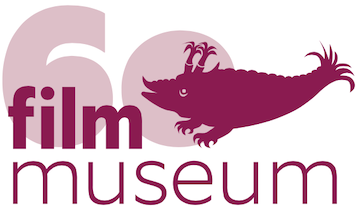
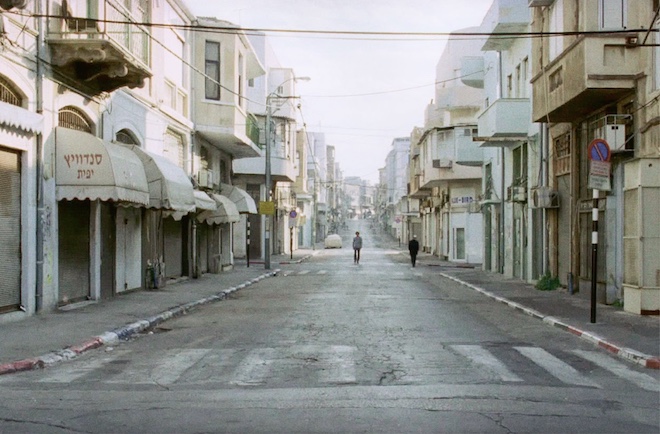


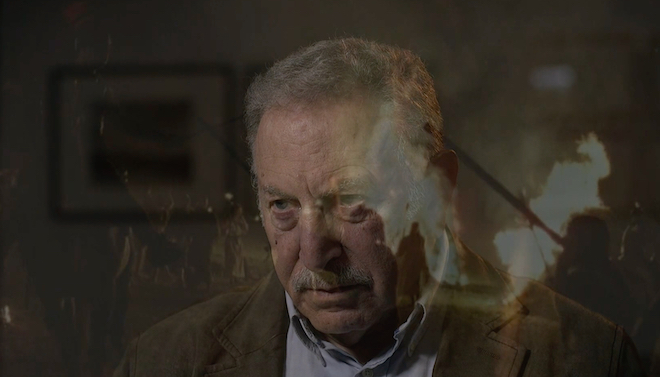
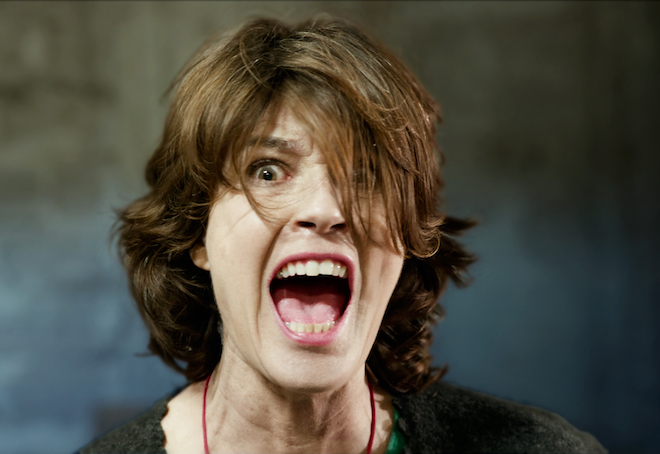
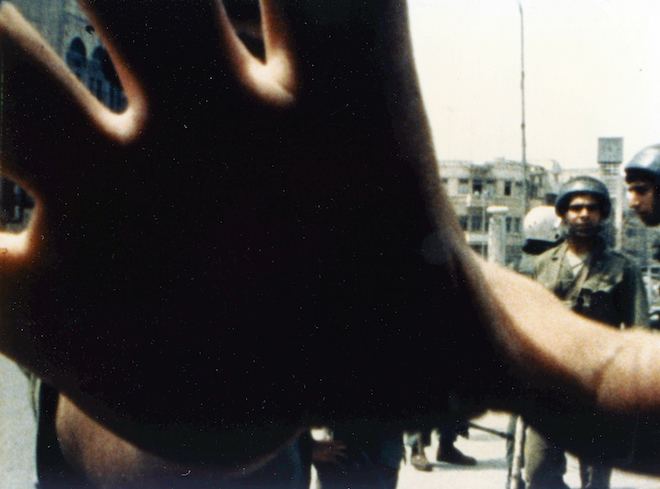

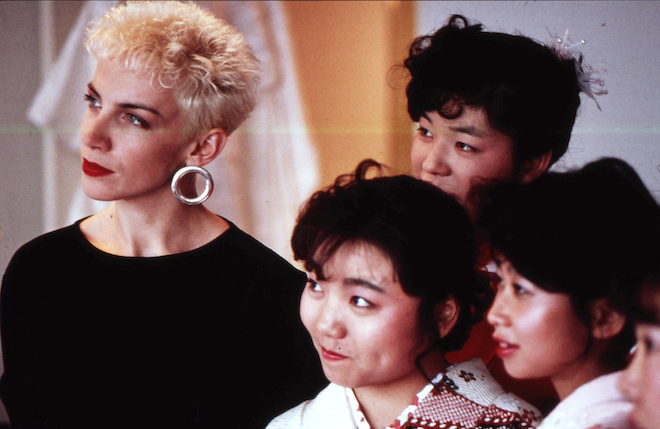


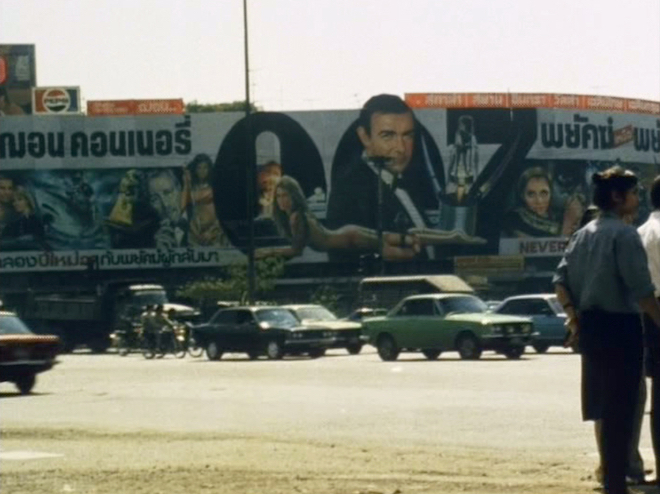



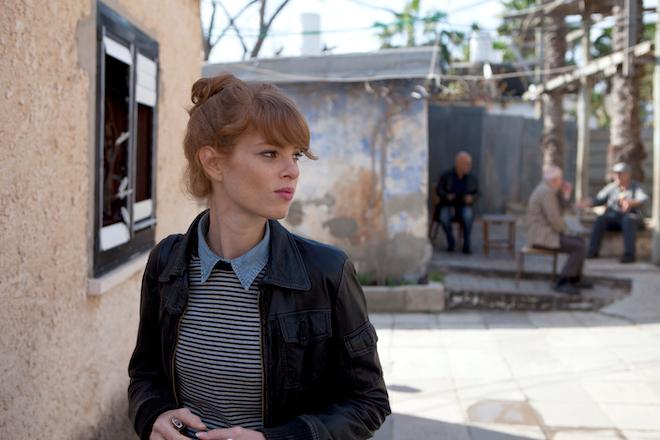
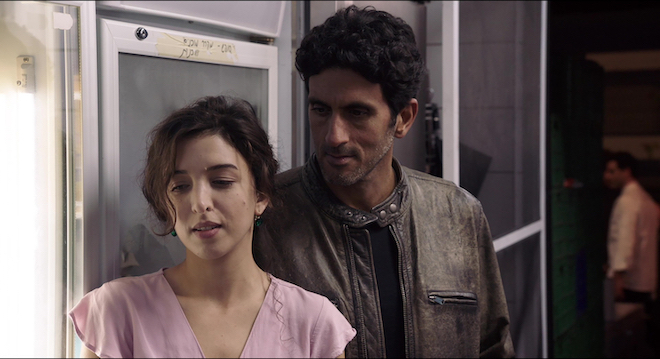




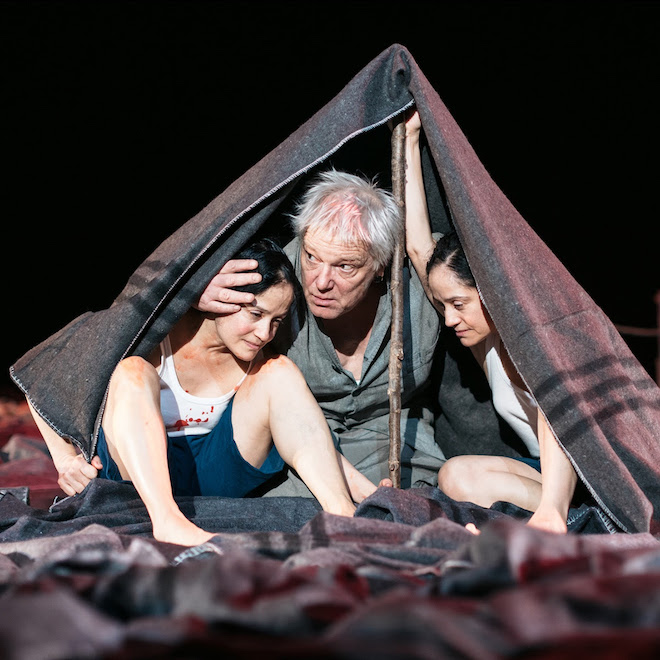

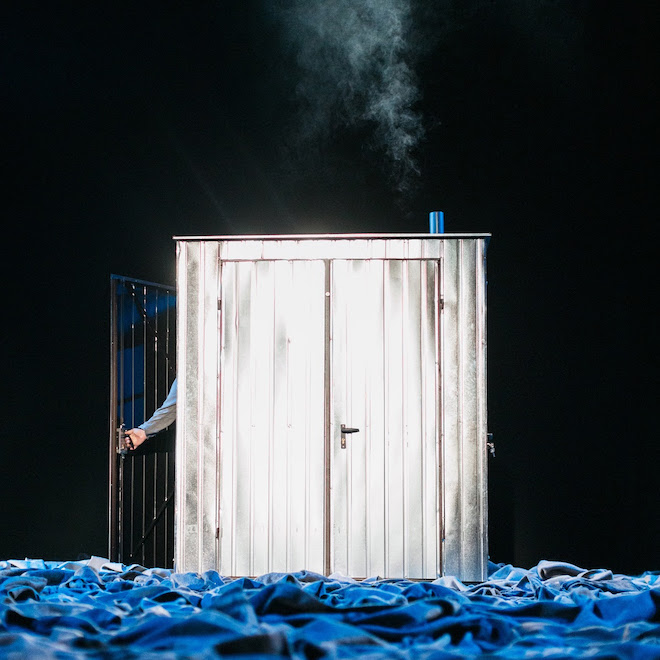

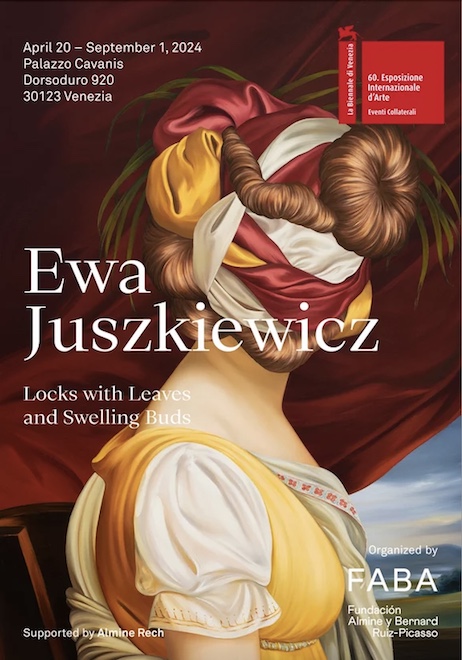




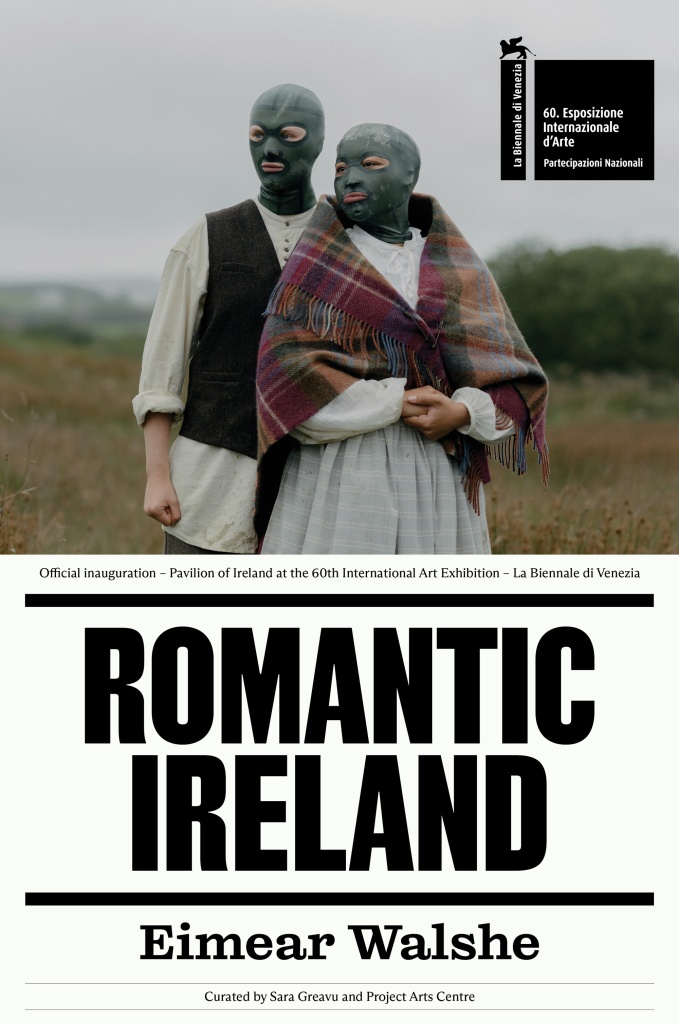
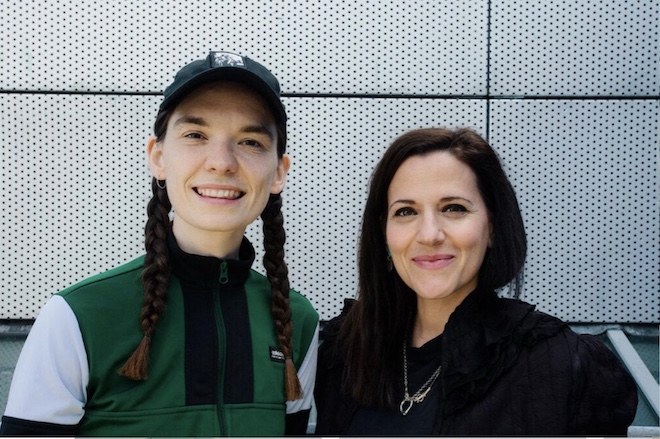

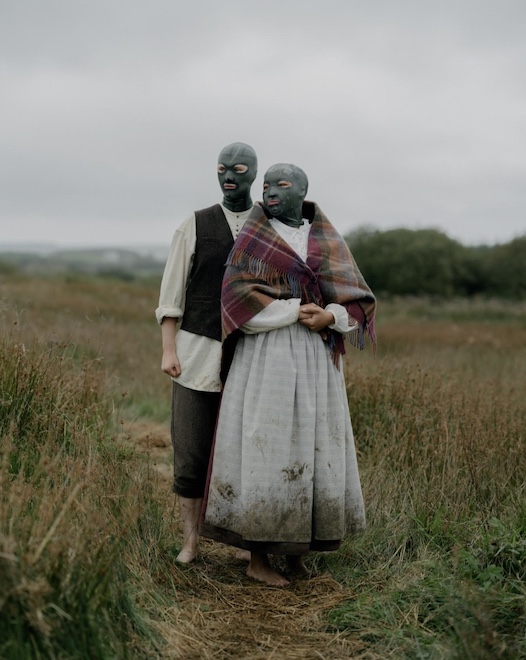
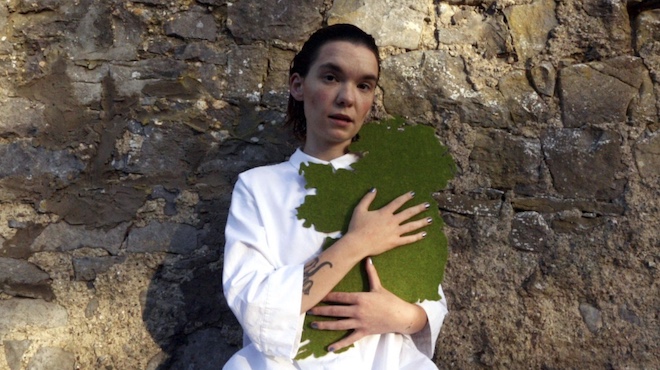

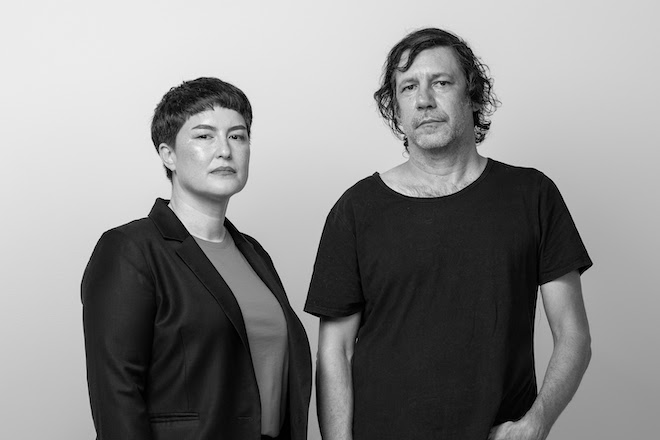
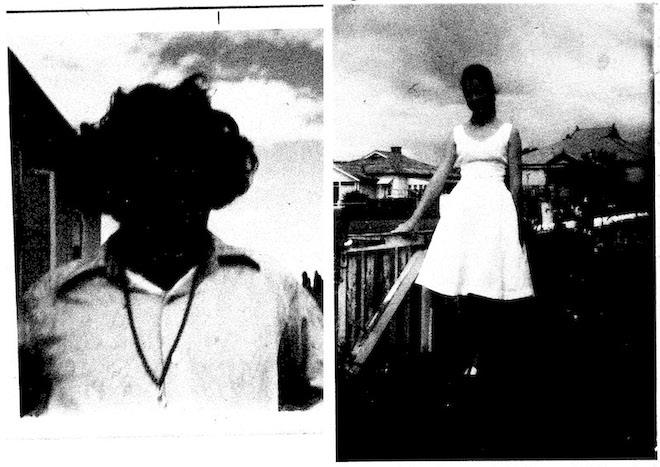
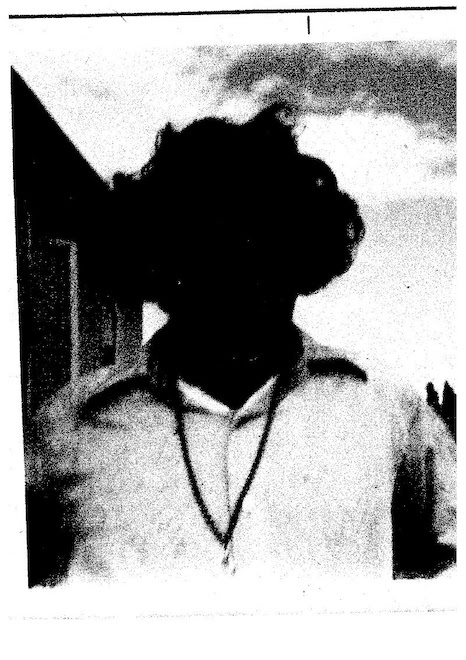


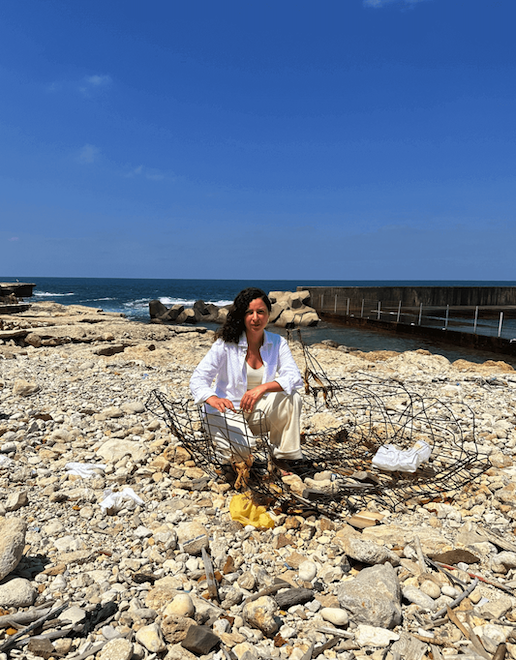
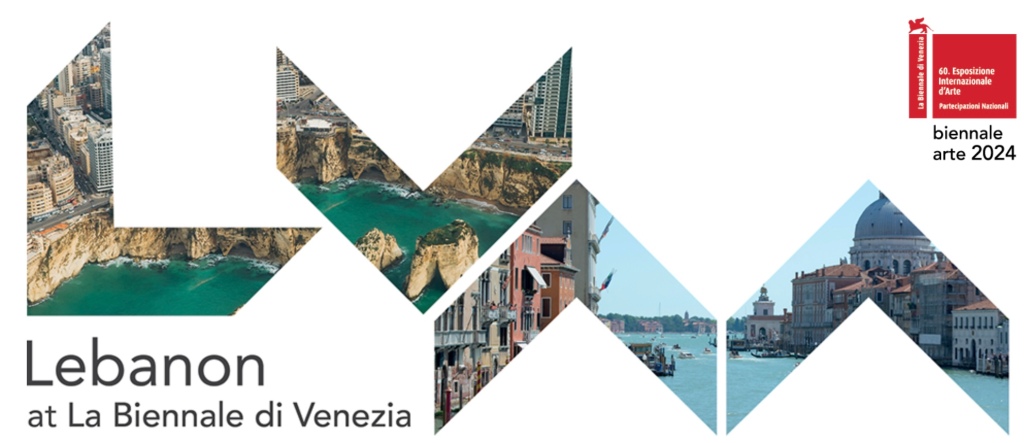

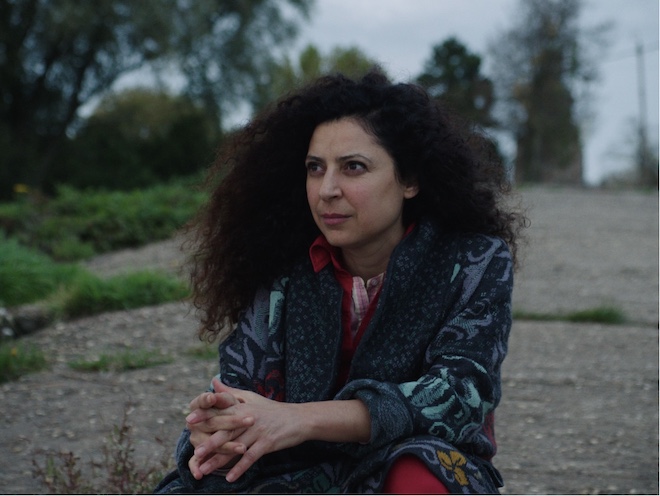
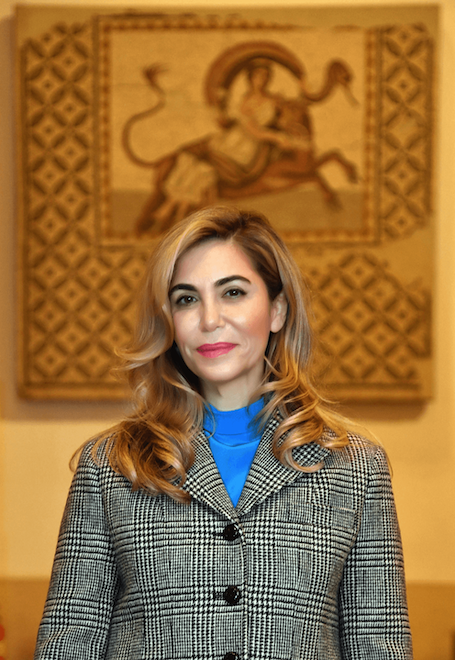

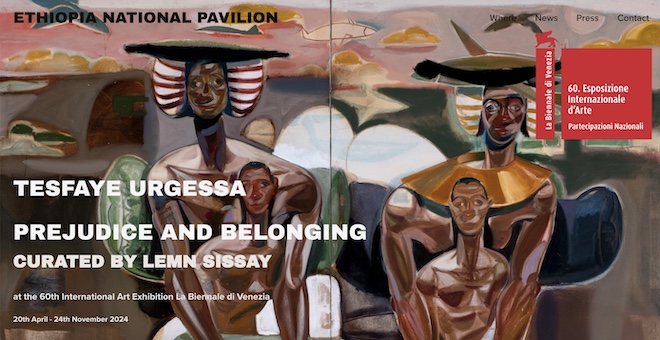
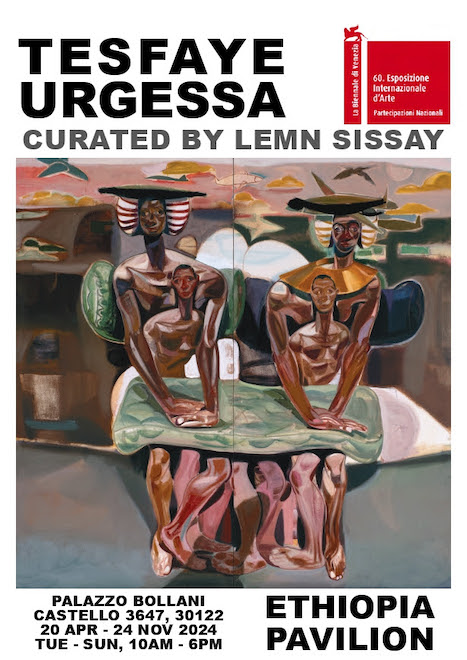
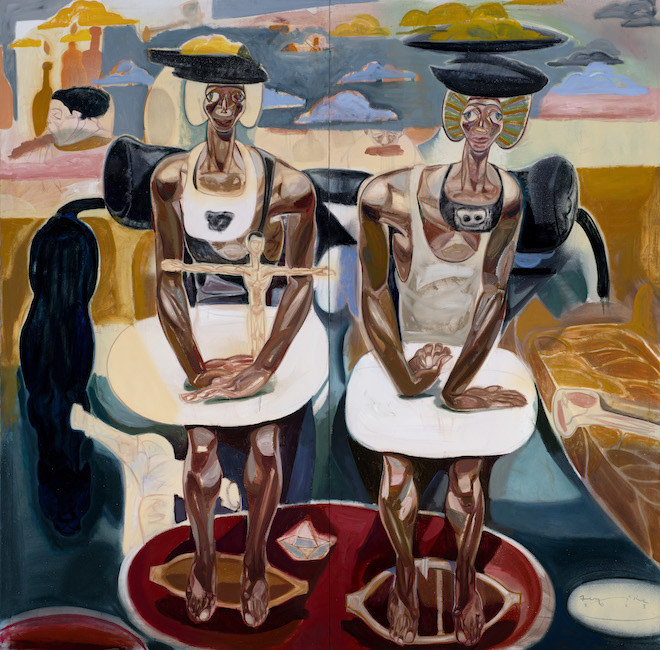
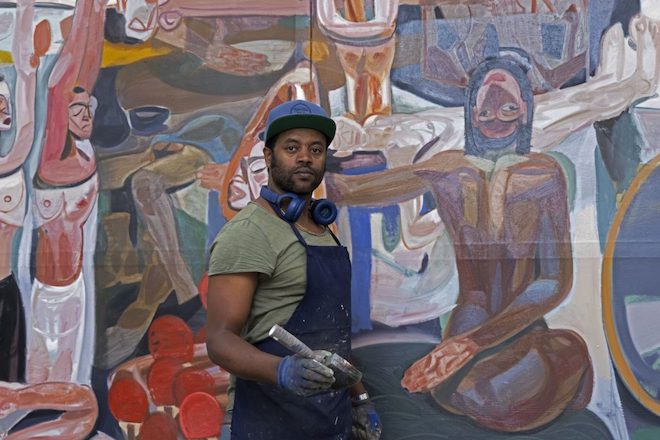
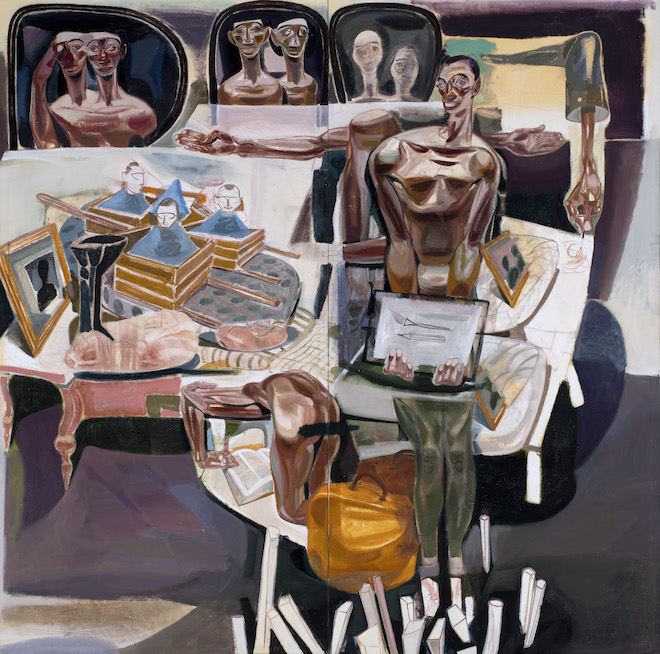
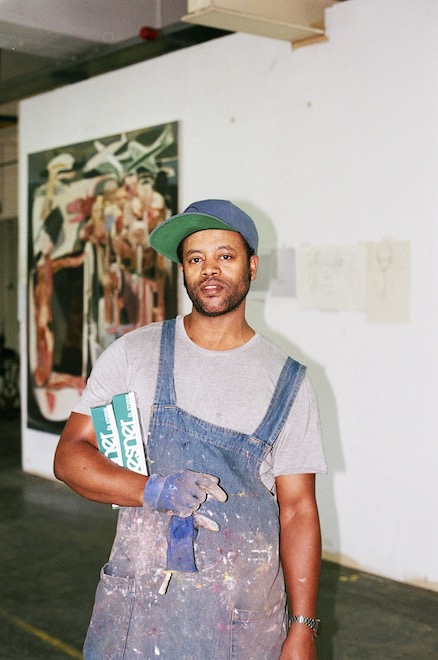

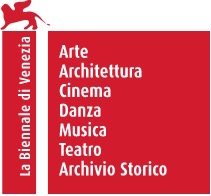


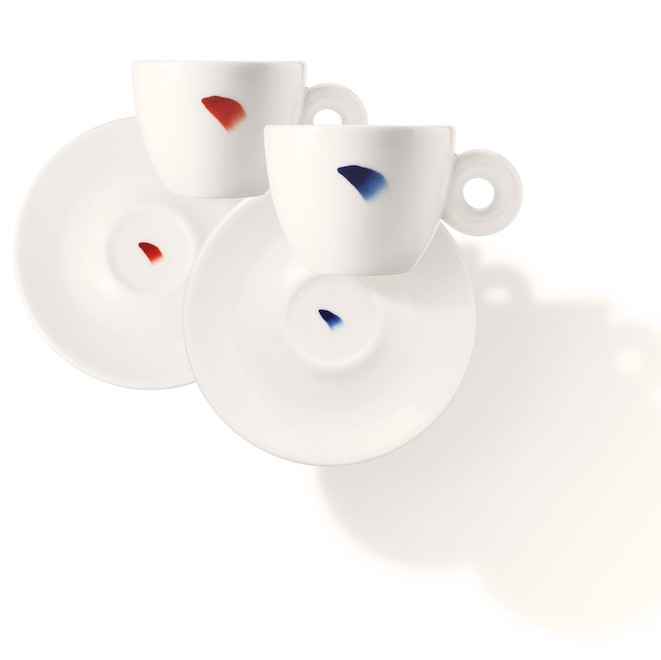

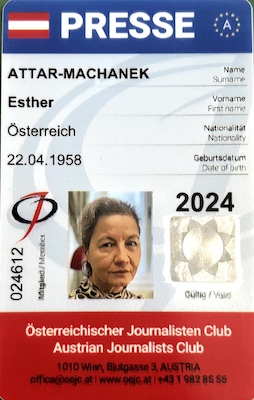
You must be logged in to post a comment.